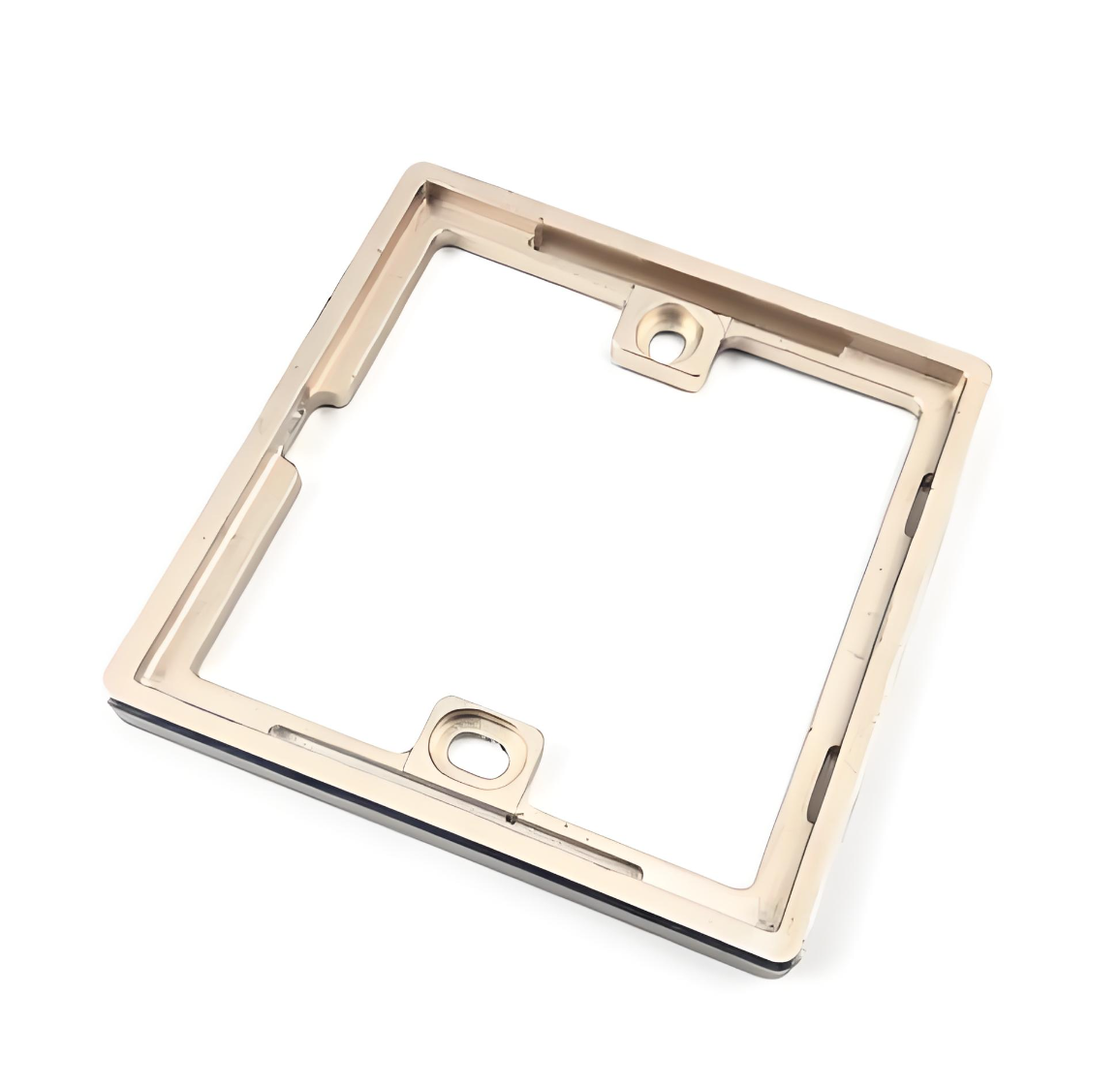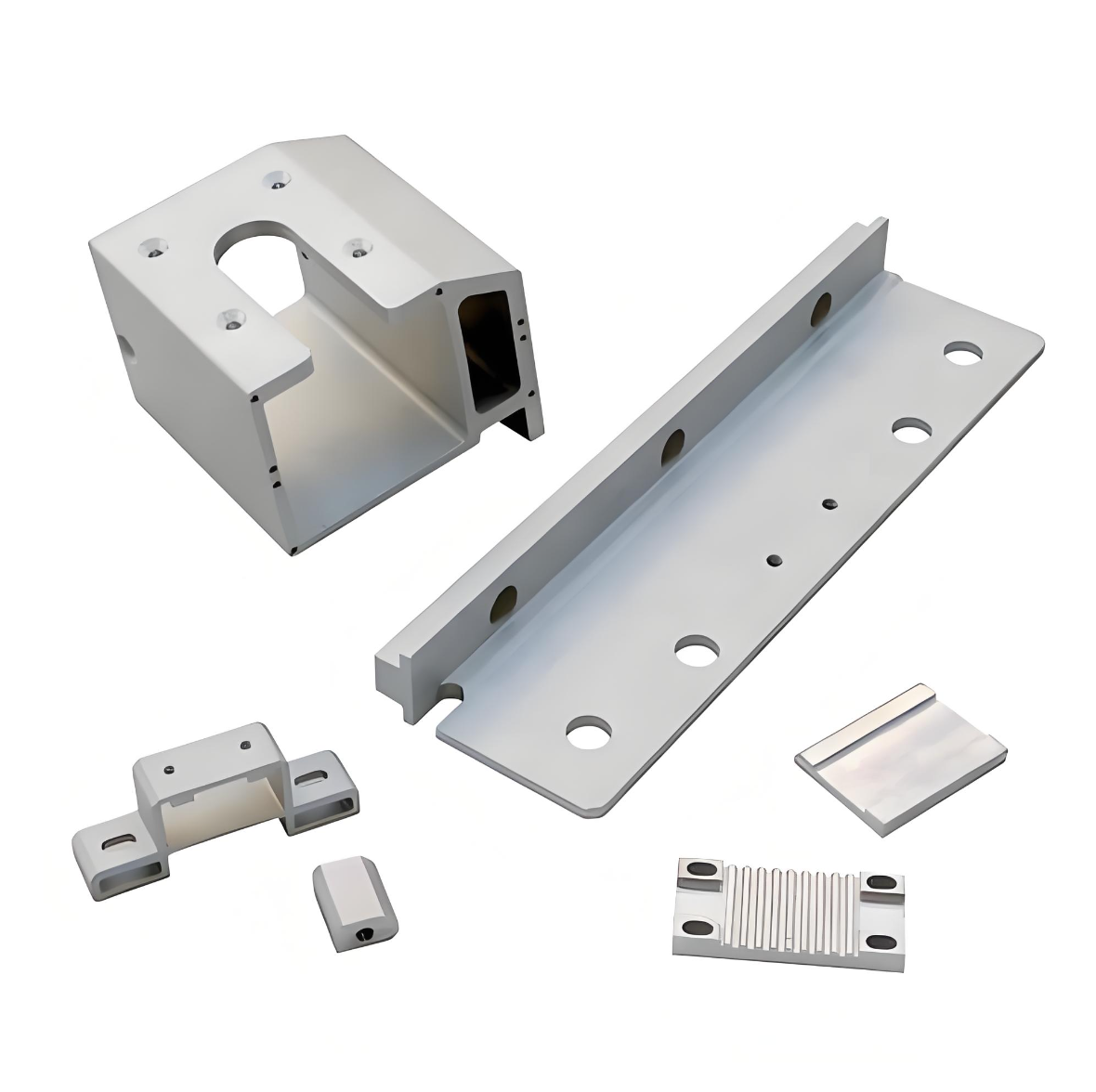Precision Stamping
Release time:2024-11-25 16:15:19 Number of views:705 Publisher:njjh Source:编辑部
Precision Stamping
Product Details ofPrecision Stamping
What is the stamping process? Stamping is a forming and processing method that applies external force to sheets, strips, pipes, and profiles using presses and dies. This process causes plastic deformation or separation to obtain workpieces, known as stampings, of the desired shape and size. Stamping and forging are both plastic processing methods, collectively referred to as forging. The materials used for stamped blanks are primarily hot-rolled and cold-rolled steel sheets and strips. The cold stamping die process is a metal processing method aimed at metal materials. It involves forcing materials to deform or separate using pressure equipment such as punches to obtain product parts that meet actual requirements, known as stamping parts. Stamping offers high production efficiency, convenient operation, and easy realization of mechanization and automation. This is because stamping relies on punching dies and stamping equipment to complete the processing. The number of strokes of ordinary presses can reach dozens of times per minute, and high-speed pressure can reach hundreds or even more than a thousand times per minute. During stamping, the mold ensures the size and shape accuracy of the stamped parts and generally does not damage the surface quality of the parts. Additionally, the mold's longer lifespan contributes to stable quality and good interchangeability, resulting in consistent results. Stamping can process parts with a wide size range and complex shapes, from small items like clock parts to large components like automobile longitudinal beams. Furthermore, the cold deformation and hardening effect of the material during stamping enhance the strength and rigidity of the stamped parts. Stamping typically does not generate chips and scraps, consumes less material, and does not require additional heating equipment. Therefore, it is a cost-effective and energy-efficient processing method, resulting in lower costs for stamped parts. Application of stamping process. 1. Stamping is widely used across various industries, including automotive, agriculture, manufacturing, and consumer goods. It has replaced traditional methods like casting and forging in many cases due to its advantages of producing lightweight yet rigid parts. 2. Recent statistics indicate that a significant portion of electromechanical instruments and automotive parts are manufactured using stamping processes, highlighting its importance in modern production. Stamping also plays a crucial role in the production of electronic devices, household items, and everyday metal products. 3. Globally, a substantial percentage of steel products are processed through stamping into various components, including automotive bodies, chassis, fuel tanks, and household appliances. The versatility of stamping extends to instruments, bicycles, office machinery, and daily utensils. 4. Stamped parts offer superior uniformity, strength, and precision compared to castings and forgings. The process allows for the creation of intricate designs, enhancing the rigidity of the parts. Precision molds ensure consistent specifications and enable the creation of complex features. 5. Cold stamping typically requires minimal or no additional machining, while hot stamping may require less machining compared to castings and forgings. Despite slight variations in surface quality, stamped parts generally offer superior accuracy and finish. 6. Stamping is highly efficient, especially with advanced molding techniques like composite molds and multi-station progressive molds. These methods enable automated production, resulting in high efficiency, improved working conditions, and reduced production costs. Packing and Shipping. 1. Each product is carefully wrapped in bubble bags and placed in cartons to prevent scratches during transportation. For added protection, wooden boxes designed for export are used. 2. We offer flexible transportation options to suit our customers' needs, including express, air shipping, sea shipping, and railway shipping. FAQs. 1. How can I get a quotation? - We provide a quote based on drawings, quantity, weight, and material. A real sample can also be provided for assessment. 2. Can you create a drawing for me if I don't have one? - Yes, we can create a drawing based on your sample to duplicate the product. 3. What is your payment method? - For tooling, we require a 50% T/T advance payment, with the remaining 50% due upon sample approval. For bulk orders, we require a 30% deposit via T/T, with the remaining 70% balance due T/T against the copy of B/L. 4. What file formats can you open? - We can open PDF, IGS, DWG, X_T, and STEP (STP) file formats. 5. What surface treatments do you offer? - Our surface treatment options include powder coating, sandblasting, painting, polishing, acid pickling, anodizing, enamel, zinc plating, hot-dip galvanizing, and chrome plating. 6. How do you pack your products? - Each product is carefully packed in bubble bags and cartons to prevent damage. Wooden boxes designed for export are used for added protection. 7. Do you have a subsidiary overseas? - Yes, we have a subsidiary in Michigan, USA.

